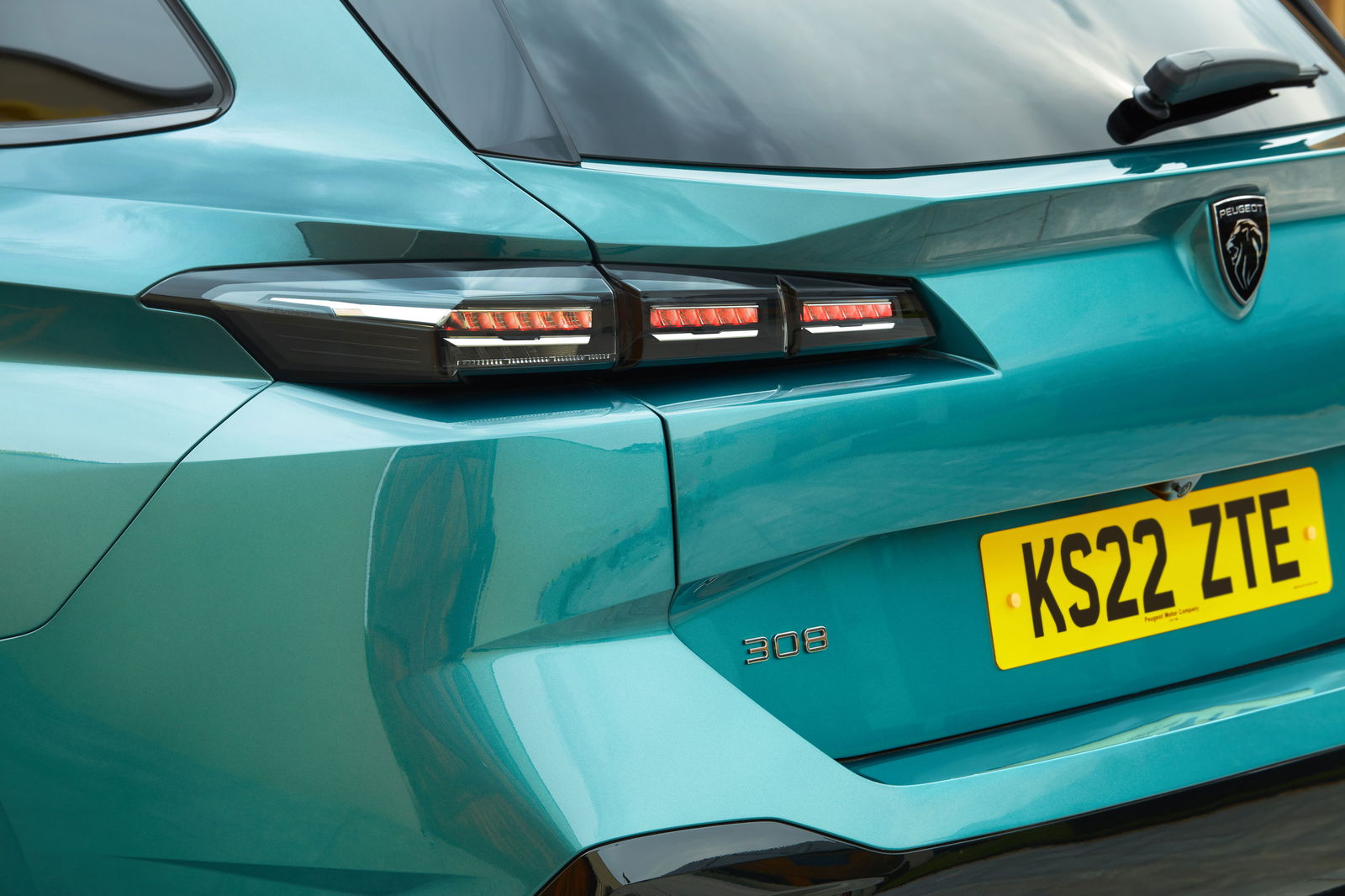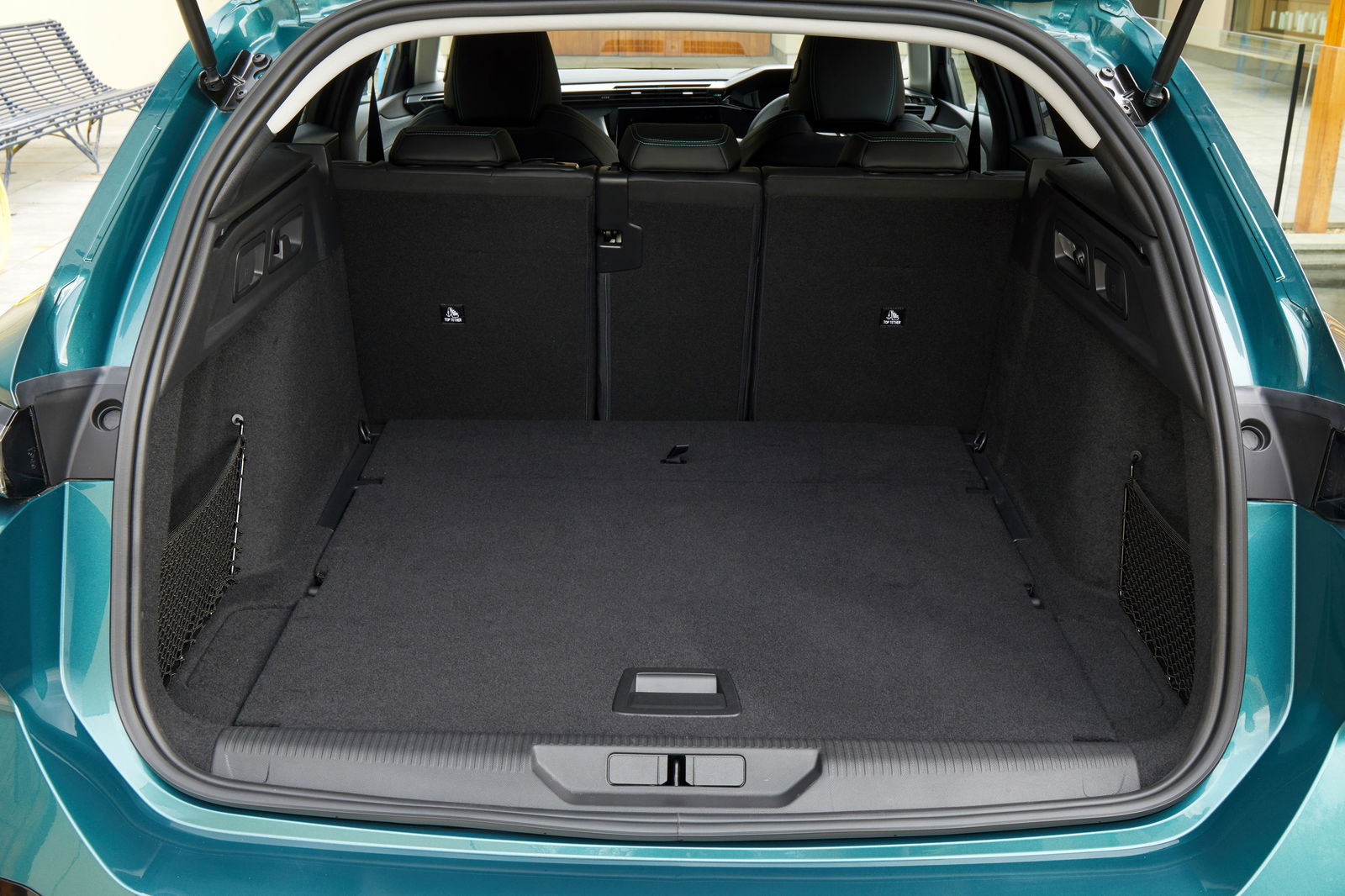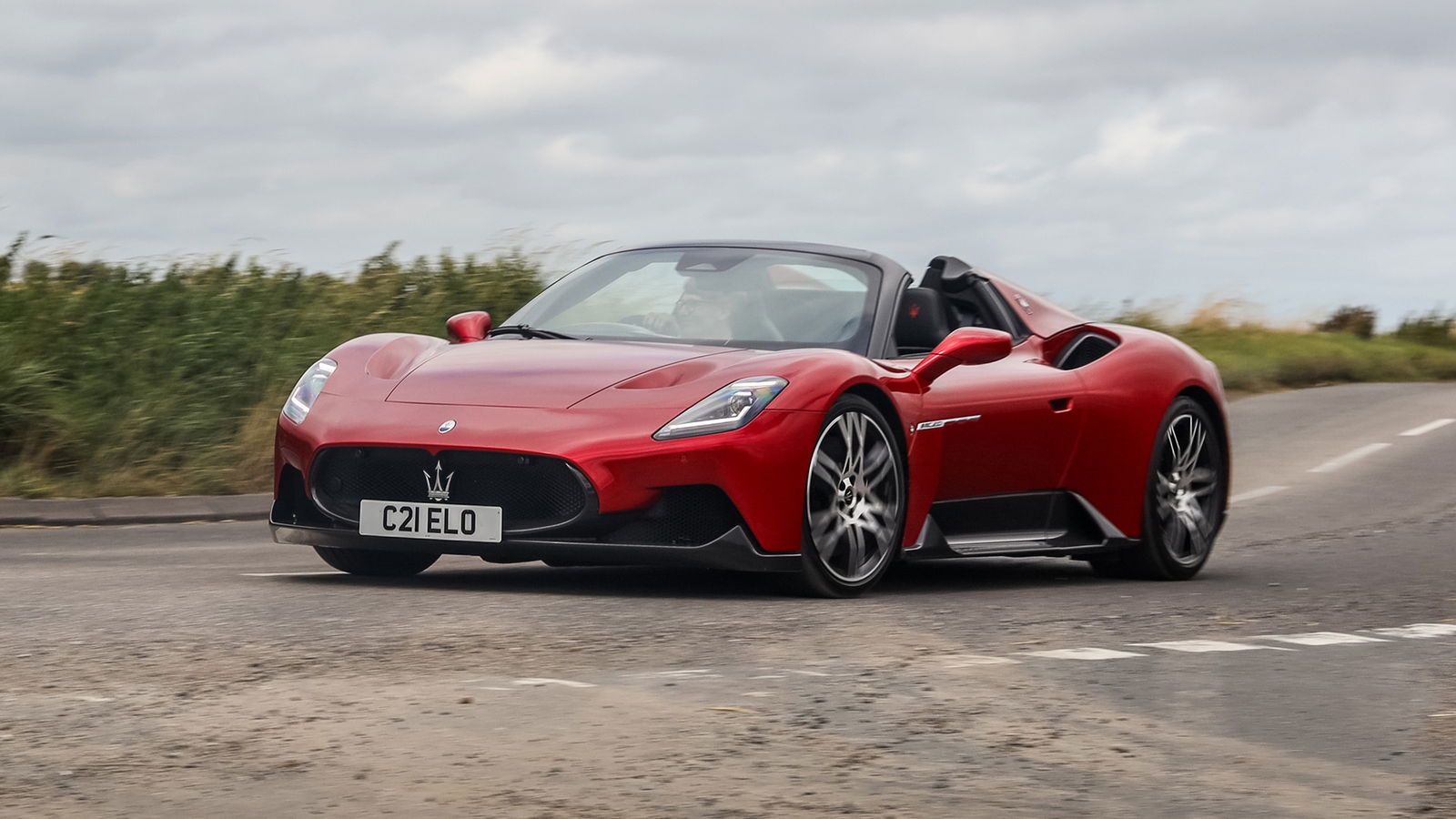Peugeot 308 SW Review: (Platform) Sharing Is Caring

Pros
- Looks great inside and outExcellent refinement for its class
Cons
- Compromised driving positionStrange-feeling steering, inconsistent brakes
Car platform sharing is nothing new, but it’s arguably more prevalent today than ever. Take the Peugeot 308. Beneath its swoopy body, it’s near-identical to the latest Vauxhall Astra, even though the two are theoretically competitors – a result of Peugeot acquiring Opel and Vauxhall a few years ago, and then merging with Fiat-Chrysler to form the bubbling stew of brands that is Stellantis.
When I drove the Astra earlier this year, I didn’t much care for it. That was partly because it was the GSe version, a half-hearted attempt at a ‘performance’ plug-in hybrid. There were other things, though – a slightly cheap-feeling interior, and unconvincing steering and brakes.
Does the Peugeot do things any better? Like the Astra, we’ve driven it in estate form (SW, in Peugeot parlance), and in its top trim level, GT. The only minor difference is the powertrain: this 308 has the same 1.6-litre petrol plug-in hybrid setup, but sends a peak of 178bhp rather than 221bhp to the front wheels. The eight-speed automatic gearbox is identical, though.

In fact, both of these setups are available across both models and notably, Peugeot makes no efforts to brand the 221bhp version as a performance car (in fairness, the Astra does get a 10mm suspension drop and some fancy Koni dampers).
Even in this less powerful guise, the 308 is still reasonably quick, cracking 62mph in 7.7 seconds (only a tenth slower than the more powerful PHEV) and a top speed of 140mph when the battery’s full. Real-world MPG in the 40s should be achievable, but you probably won’t manage the claimed 35-mile electric-only range.
The 308 immediately gets a good mark for its interior. Especially in GT trim, the materials and ambience are far beyond what we once expected from Peugeot. Nothing looks or feels overly cheap, unlike the Astra, where cost-cutting shows through in a few places.

Oh, it also has decent cupholders, rather than the Astra’s inexplicably shallow items, so if you hoof it for an overtake, there’s no risk of your water bottle flying out and smashing into the knee of whoever’s in the back. Handy.
There’s one big issue inside, and it’s the same on all modern Peugeots. The brand insists on fitting a tiny, oddly-shaped steering wheel, and if you’re even the slightest bit above average height, you have to compromise on your driving position. You have three options: sit too high and far forward, set the steering so low it practically grazes your thighs, or completely eliminate your view of the speedometer. I decided that the second was the least irritating, but it’s a problem that shouldn’t exist in the first place.
It’s a shame there’s no panoramic roof available either – you can spec an old-fashioned tilt-and-slide job, but even then, it can feel a bit gloomy with the 308’s high windowline and heavy rear tints.

Much like its Griffin-badged platform mate, the 308 is a pleasant thing to potter about in. Refinement is up there with the best in its class, with very little noise intruding into the cabin. The seats, particularly in the GT, are comfy and supportive, and the chassis does a commendable job of isolating you from any nasty bumps and jolts.
The powertrain’s good too. Even if you’ve drained the battery, the petrol engine still offers more than enough grunt for the real world. The gearbox is generally smooth but can be a bit indecisive if you need to clog it for an overtake (Sport mode helps here).
A hushed, smooth engine contributes to the general sense of refinement – again, you only really get a bit of growl from under the bonnet under heavy acceleration, and there are no pointless attempts to make it feel ‘sportier’ by piping in sound.

Should you find yourself wanting to get a bit sporty, though, the 308 will oblige to an extent. The car is keen on turn-in and rarely feels like it wants to wash wide, and the diddy steering wheel does give the impression of quicker, more immediate steering.
However, it shares its odd, slightly syrupy steering with the Astra. It’s less of an issue in a car that’s not billing itself as a performance offering, but it’s still noticeable, and not just when you’re pushing on a bit. I found myself often having to wind on more lock than expected around town.
It also shares the same poorly judged brakes as the Astra, as well as a couple of other Stellantis-built PHEVs I’ve driven. It struggles to smoothly balance the physical brakes and the electric motor’s regen, and it means the process of slowing, especially to a standstill, often feels lurchy and inconsistent.

So in this world of platform sharing, do either of these very close relatives do anything to stand out from one another? There’s not really much to set them apart in terms of driving experience. The 308 has a better interior – not just than the Astra, but than most other rivals, including the once de-facto leader, the VW Golf.
Perhaps the Vauxhall is more palatable when it’s not trying (and failing) to be a performance car, but even then, there’s the price to consider. A 308 SW with this trim and engine starts at £39,160. An Astra Sports Tourer with an identical powertrain, and in the similarly posh Ultimate trim, starts at £43,450.
Unless you’re particularly dedicated to the Griffin badge, or totally swayed by the Astra’s admittedly handsome body, that saving alone probably makes the Peugeot the smarter buy. Provided you’re no taller than six feet.



Comments